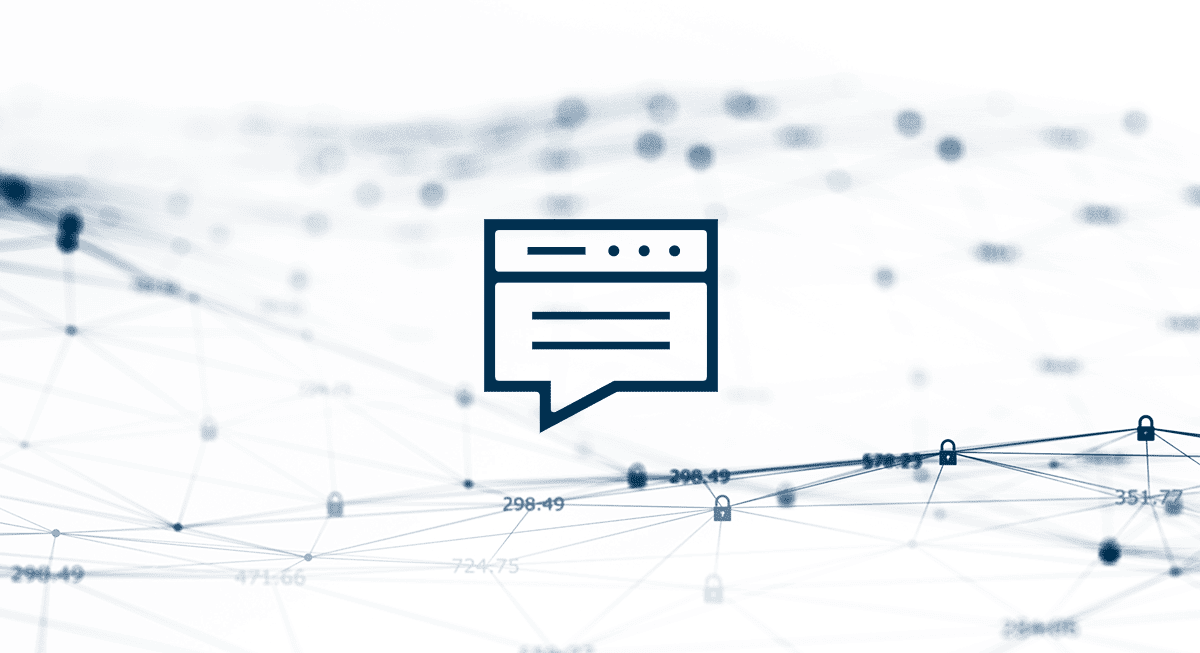Today’s cybersecurity landscape can be challenging. Cyber attacks are rising every year (50% of organizations suffered a breach in 2022), the skills gap continues to widen, and hackers are taking advantage of new techniques and new criminal networks like ransomware-as-a-service to launch sophisticated attacks.
For organizations, it’s become harder to stay secure. The internal security operations center (SOC) isn’t feasible for many. While a SOC has many benefits and can help an organization improve their security posture through proactive and reactive measures, operating one in-house takes too many resources and is too costly to build and maintain.
Enter the SOC-as-a-service (SOCaaS).
What Is a SOC-as-a-service?
A SOC-as-a-service (SOCaaS) is a managed SOC provided by and operated by a third-party. A SOC, which is the centralized security hub for an organization, plays a critical role in cybersecurity, consisting of people, technology, and processes that work to help an organization reduce threats and impacts of attacks.
In a SOC-as-a-service situation, the role of a SOC is taken on by an external vendor or third party, either as a standalone service or part of a broader offering. Gartner refers to this model as a “Hybrid SOC model,” and states that, “adoption of this model is driven by a shortage and gap in the availability of skills, expertise and staffing, general budget constraints, and the considerable cost of 24/7 security operations.”
A SOCaaS can also be referred to as a managed SOC.
Is a SOCaaS the Same as an MDR Solution?
While a SOCaaS and an MDR solution share capabilities — both combine technology and the human element — they are different offerings. While a SOCaaS can execute detection and response workflows, but has a SIEM at the center, making it broader than an MDR solution. A SOCaaS vendor will also offer other common SOC workflows, including vulnerability management, EDR, threat intelligence, and more. All of which fall outside the scope of an MDR solution.
However, identity access management, network monitoring, and application security sit outside the scope of a SOCaaS.
Why Do Organizations Need a SOCaaS?
The average cost of just one SOC analyst is six figures, and Gartner recommends an internal staffing of 10-12 analysts. That’s a payroll most organizations can’t afford. That cost doesn’t include implementation, infrastructure, and continued management. And the management side of a SOC is not simple. Ponemon reports that four out of five organizations feel that managing a SOC is complex. Finding the right talent compounds the frustrations — 64% of organizations report a cybersecurity talent shortage.
Organizations of all sizes can benefit from the capabilities of a SOC, but the reality is that creating an in-house SOC isn’t a realistic goal. Not to mention the expertise needed to effectively manage a SOC, including understanding compliance, threat vectors, and incident response. Organizations can’t just throw money at the problem and hope it goes away.
What are the Benefits of SOCaaS?
As an organization weighs options in terms of their security infrastructure, it’s important to look at the benefits that a SOCaaS can offer:
- Reduction of alert fatigue through advanced alert filtering
- Threat intelligence reporting and insights
- Threat lifecycle visibility to improve security posture
- Broad monitoring with custom rules
- Threat detection and remediation
As mentioned above, achieving all of these components in– house would take multiple solutions, a team of analysts, and a lot of money and infrastructure. The out–sourced version contains all (or variations of those benefits depending on the provider) at a more affordable price point.
What Should Organizations Look For In a SOCaaS Provider?
Not every SOCaaS provider is the same. From how they manage a SOC to the technology they provide to how hands-on they are with your organization, there are a number of factors to consider. Every organization has different business and security goals, and it’s important for an organization to conduct a security maturity assessment to understand their current and future needs. As each SOCaaS has different offerings and price points, information is critical for making the right decision.
In general, however, there are a few considerations to take in as your organization evaluates SOCaaS vendors, and they are similar to the key benefits listed above.
- Do they offer 24×7 monitoring and threat detection?
- Can they help with compliance regulations?
- Do they offer vulnerability management?
- Is threat intelligence a part of the offering?
- How broad is the telemetry and monitoring and how can it be customized?
- What is the ROI and is it cost efficient for your organization’s needs?
- Can the SOCaaS adapt and scale as your business and security needs change?
Additional SOCaaS Resources
Learn how utilizing a SOCaaS can save your organization money with our ROI Calculator.
Understand how you can create a risk management plan, even with limited resources.
Explore the Arctic Wolf model, which provides 24×7 monitoring, detection, and response, ongoing risk management, and security awareness training.






